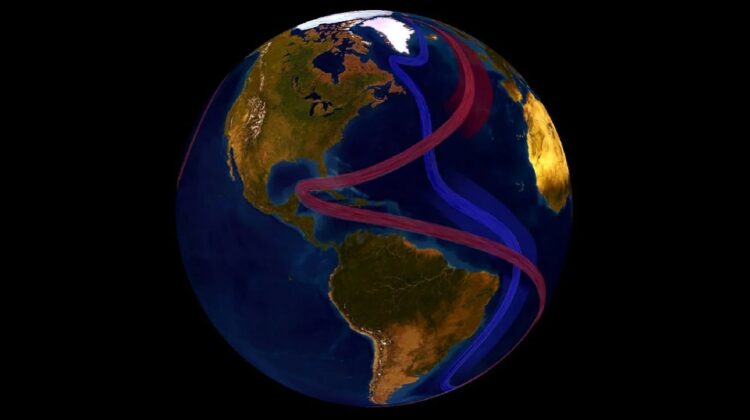
Climate scientists are raising the alarm over a potentially catastrophic event that could reshape the global climate for centuries to come—the collapse of the Atlantic Meridional Overturning Circulation (AMOC), a vital ocean current system responsible for regulating temperatures and weather patterns across the Northern Hemisphere. According to a recent open letter from 44 of the world’s leading climatologists, including University of Pennsylvania climatologist Michael Mann, the AMOC is dangerously close to reaching a tipping point. The consequences could be profound and irreversible.
What Is AMOC, and Why Does It Matter?
The Atlantic Meridional Overturning Circulation, often referred to as the “giant ocean conveyor belt,” is essential for distributing heat across the globe. It includes the well-known Gulf Stream, which warms northern Europe and stabilizes the climate across much of the world. This system of currents plays a pivotal role in regulating temperatures, weather patterns, and even sea levels.
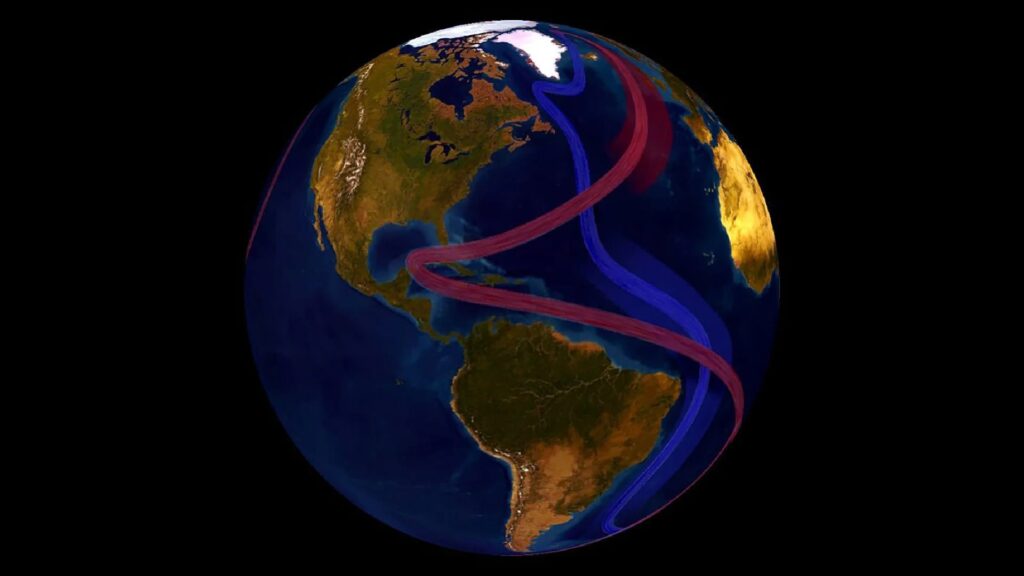
However, the AMOC has been slowing down, primarily due to global warming, which is melting ice caps and altering ocean salinity. This slowdown could lead to a complete collapse of the system—a scenario with far-reaching consequences.
What Happens If AMOC Collapses?
If the AMOC were to collapse, the effects would be devastating, particularly for Nordic countries like Denmark, Norway, Sweden, Iceland, and Finland. The scientists warn that a collapse would cause major cooling in these regions, leading to extreme weather patterns and even a “cold blob” that has already begun to form over the eastern North Atlantic. The ripple effects would be felt far beyond Northern Europe, with disrupted weather systems, agricultural failures, and heightened sea levels along the American Atlantic coast.
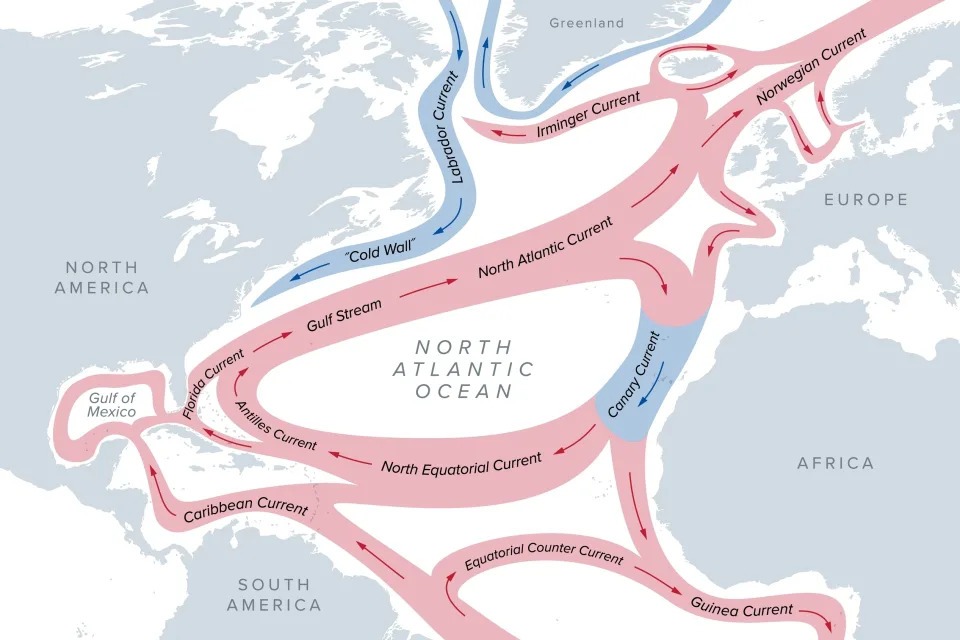
For example, tropical monsoon systems that support agriculture across the globe could shift, causing catastrophic impacts on food production and ecosystems. Rising sea levels could threaten coastal cities, while marine ecosystems could face upheaval, endangering fisheries that millions of people rely on for food.
The Risks Are Underestimated
Despite the potential for catastrophic outcomes, the latest report from the Intergovernmental Panel on Climate Change (IPCC) states with “medium confidence” that the AMOC will not collapse before 2100. However, the scientists argue that this assessment underestimates the true risk. They point out that even a medium likelihood of collapse within this century should prompt urgent action due to the magnitude of the consequences.
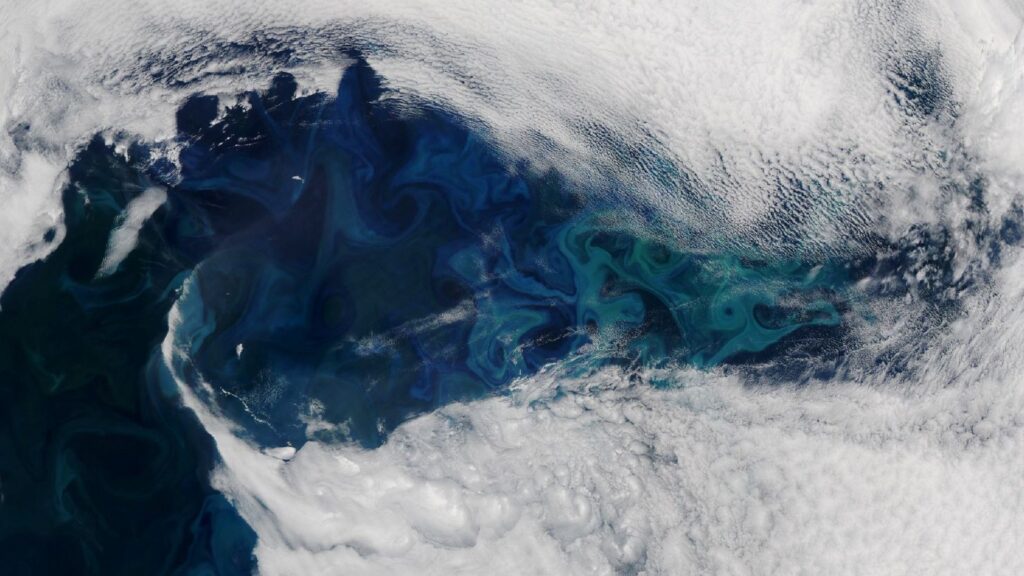
In their letter to the Nordic Council of Ministers, the scientists stressed the need for stronger climate policies and increased international cooperation. Without drastic measures to curb global warming, we may face a future where the collapse of the AMOC is no longer a hypothetical scenario but a devastating reality.
What Needs to Be Done?
The path to preventing an AMOC collapse lies in urgent global action to mitigate climate change. Achieving the goals set by the Paris Agreement, which aims to limit global temperature rise to 1.5 degrees Celsius above pre-industrial levels, is critical. Policymakers in Nordic countries, who would be some of the most immediately affected by an AMOC collapse, must lead the charge in pressuring global powers to adopt stronger climate commitments.
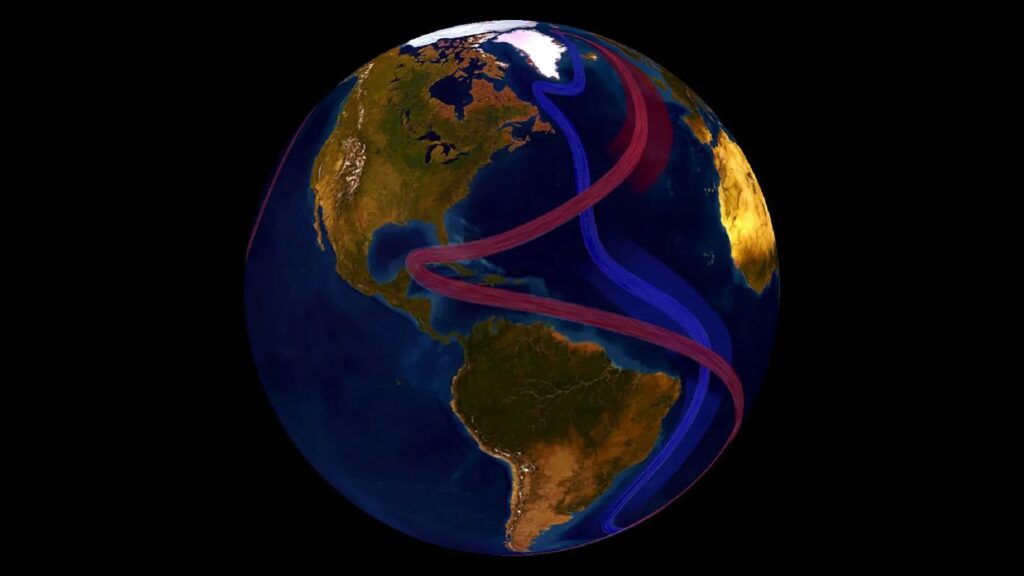
While uncertainty exists around the exact timing of an AMOC collapse, the time for action is now. The costs of inaction could be felt for centuries, with dire consequences for global agriculture, ecosystems, and human communities.
The collapse of the Atlantic Meridional Overturning Circulation poses one of the most significant climate threats of our time, with the potential to upend life as we know it across the globe. As leading climate scientists warn, the risks are too high to ignore, and urgent action is needed to avert this looming catastrophe. The world must come together to address the root causes of global warming and prevent the AMOC from collapsing—before it’s too late.

Leave a Reply